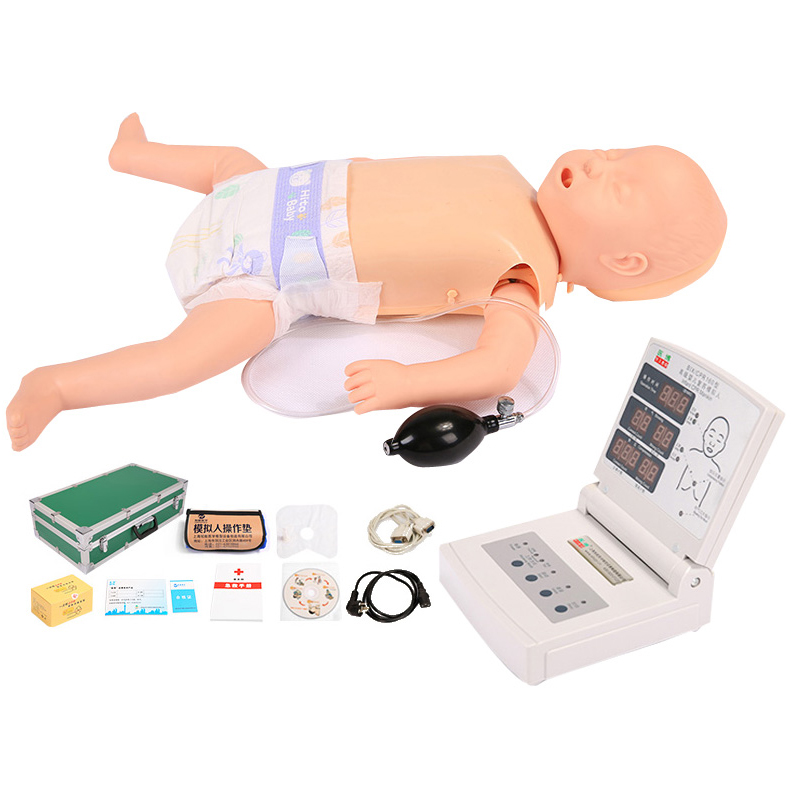Homepageпјҡ NEWS >> How can children's first aid training be without it? -- Child CPR simulator
In a world full of unknowns, the safety and health of children is always our most concerned issue. In the face of sudden emergencies, it is essential for children to master basic first aid skills. Among them, cardiopulmonary resuscitation (CPR) is a basic first aid skill, which is of great significance for saving lives. However, when conducting first aid training for children, how can we lack an important teaching tool - child CPR simulator?

Children's cardiopulmonary resuscitation simulator is a simulation teaching aid designed for children's first aid training. It uses advanced technology to simulate the physiological responses of children in emergency situations, such as cardiac arrest and respiratory arrest. By using simulators, students can perform CPR without real risk and become proficient in this important first aid skill.
So why can't child CPR simulators be absent in children's first aid training? First, simulators can provide a realistic first aid experience. It simulates the physical characteristics and physiological responses of children, so that the trainees can feel feedback similar to the real situation in the operation. This lifelike experience helps students to better understand and master first aid skills and improve the training effect.
Secondly, simulators can ensure the safety of training. When conducting first aid training, our biggest concern is that the trainees will cause harm to the rescued because of improper operation. However, the use of child CPR simulators can completely avoid this problem. The simulators are affordable, and even if the students' operation is wrong, it will not cause any harm to the simulators. At the same time, simulators can provide immediate feedback and evaluation, helping students to identify and correct errors in time.
In addition, the child cardiopulmonary resuscitation simulator also has the characteristics of strong flexibility. It can be adjusted and set according to different training needs to simulate different first aid scenarios and emergencies. This flexibility allows simulators to adapt to different ages and levels of trainees, ensuring that they all receive effective training.
To sum up, children's first aid training can not be lacking in children's cardiopulmonary resuscitation simulators. It can not only provide a realistic first aid experience, ensure the safety of training, but also has the characteristics of flexibility. Therefore, when conducting children's first aid training, we should make full use of this important teaching tool to protect the safety and health of children.